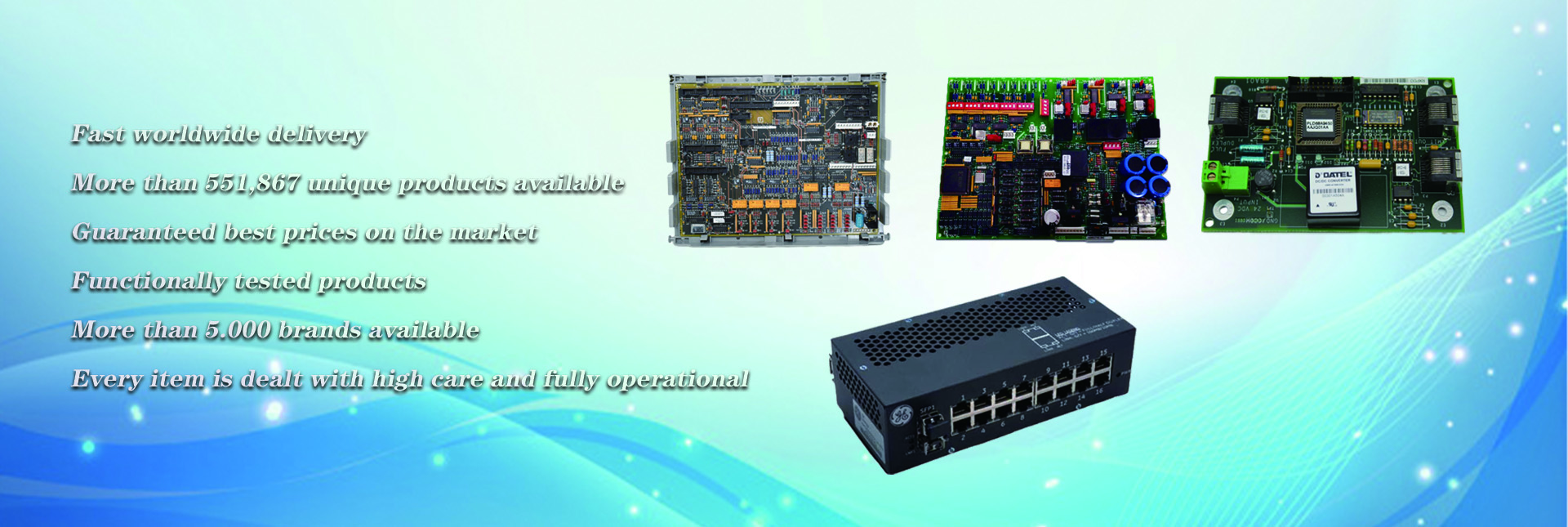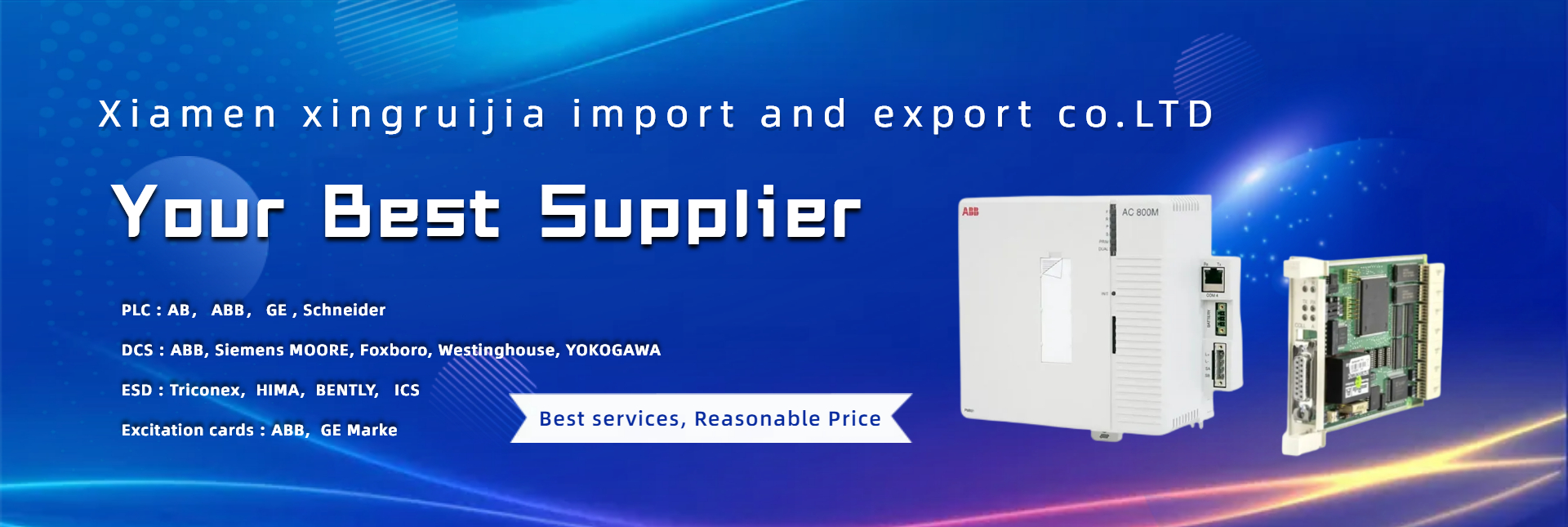AC500 is a flexible and consistent extension and upgrade product that can adapt to various automation tasks: various related devices can be flexibly combined and used according to user needs, thereby minimizing inventory.
Composition of AC500 system
CPU:
The CPU has three different levels: PM571, PM581, and PM591. And these different levels of CPUs can be programmed using the same programming software using five different programming languages. The CPU is equipped with an LCD display, a set of operation buttons, an SD card expansion port, and two integrated serial communication ports. The CPU can be directly plugged into the CPU backplane, and the CPU backplane can also choose whether it is an integrated Ethernet or ARCNET network interface. The reserved communication interface of CS31 takes into account compatibility with the AC31 series PLC.
Communication module:
In addition to the integrated communication interfaces on the CPU, each CPU can also expand up to 4 communication interfaces. These four communication interfaces can be extended to any standard bus protocol.
In addition to the two integrated Modbus communication interfaces on the CPU and optional integrated Ethernet or ARCNET network interfaces, bus interfaces such as ProfibusDP-V1, DeviceNet, CANopen, and Ethernet can also be extended through communication expansion interfaces.
Product Overview
CPU backplane
There are three different types of CPU backplanes based on the number of communication interfaces expanded by the CPU. They come with one, two, or four communication slots that can be plugged into different bus interfaces.
I/O module
There are two types of input/output modules: analog and switching. Each input/output module can be directly plugged into the terminal board, and can be expanded to a maximum of 7 input/output modules for CPU local and FBP distributed expansion substations. These modules contain various types of input/output modules that can be set for flexible use by users.
Terminal board
Both analog and switching quantities use the same terminal board, and the same terminal board can achieve different wiring modes for 1 wire, 2 wire, and 3 wire. This provides pre wiring for users without input/output modules. The terminal board is divided into two different voltage levels: 24VDC and 230VAC, and there are two optional wiring methods: screw and spring.
FBP interface module
This module integrates a certain number of switch inputs/outputs and achieves communication and distributed I/O with the CPU through it. This distribution module can be expanded to a maximum of 7 input/output modules.
SD card
Optional attachments, enabling data calls, downloading and uploading user programs, or product updates for all devices (CPU, communication module, or I/O module) without a PC.
-1 LCD display screen with backlight and operation buttons
-2SD card slot
-3 plug-in expansion communication modules (from 1, 2 up to 4)
-Integrated communication interface on 4CPU (optional Ethernet or ARCNET)
-5FBP communication interface (can only be used for slave stations)
-6 two serial interfaces for programming, ASCII communication, Modbus communication, or CS31 communication (can only be used for the main station)
-7 local I/O expansion modules, up to 7
AC500 can be combined according to different control requirements
Network and Communication
CS31 communication bus
The CS31 fieldbus has been playing a connecting role since its development in 1989. Through this bus, multiple systems before and after are organically connected together. The CS31 bus is easy to set up and has simple communication. The connection of the bus only needs to be achieved through three wiring terminals, saving additional connection costs required for other buses. The COM1 port of the AC500 control system integrates the CS31 master station function.
Network structure and communication media
The CS31 bus is a point-to-point RS485 serial communication. Each communication system consists of one master station and up to 31 slave stations. The communication distance without relay is 500 meters, and the maximum distance with relay can reach 2000 meters. The bus has a self diagnostic function. Communication medium: shielded twisted pair.
AC500ControlBuilder programming
AC500ControlBuilder programming is an engineering tool that can program all series of AC500CPUs. This programming software meets the international standards of IEC61131-3 and can support five different programming languages. This software can complete all settings of the AC500 system, including all bus interfaces, as well as comprehensive self diagnosis functions, alarm processing, visual debugging tools, and open data interfaces.
Programming according to IEC61131-3 standard
This programming software not only provides excellent performance and friendly interface for programming, testing, and debugging all hardware in the system to achieve various automation applications, but also provides the following functions:
Five standard programming languages:
- Function Block (FBD)
-Statement Table (IL)
- Ladder diagram (LD)
- Structural Text (ST)
- Sequential Control Chart (SFC)
- Continuous Function Diagram (CFC)
- Debugging tools:
- Single step
- Single cycle
- Breakpoint
Offline simulation function
AC500ControlBuilder can simulate and debug user programs without connecting PLC hardware, including related manual functions. The debugged program is then downloaded to the CPU control system for use.
Variable tracking function
It can monitor the changes of all process variables over time in real-time online.
Recipe Management and Monitoring List
A set of variables can be preset with a set of related values, which can be called during debugging. This function is very useful in controlling parameter tuning.
Visual debugging tools
In this programming software, various variables in the PLC can be displayed on the software through color changes, object movement, bitmaps, various bar charts, or direct display of numerical values, to facilitate user program debugging, alarm and event management, and to provide network multimedia (ActiveX) function.
Settings for communication interfaces
This software can be used to set up Profibus-DP, CANopen, DeviceNet, Ethernet, Modbus, and CS31 buses.
Open data interface
Data exchange can be carried out externally through DDE and OPC methods.
programming
Programming can be done through Ethernet and ARCNET networks.
Engineering interface
Programming software can access external project databases to manage one or more automated projects.
Post time: Apr-17-2023


